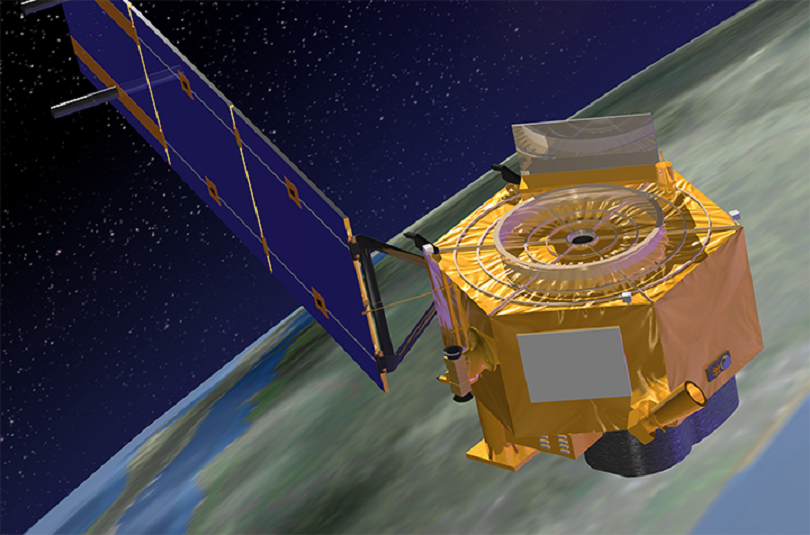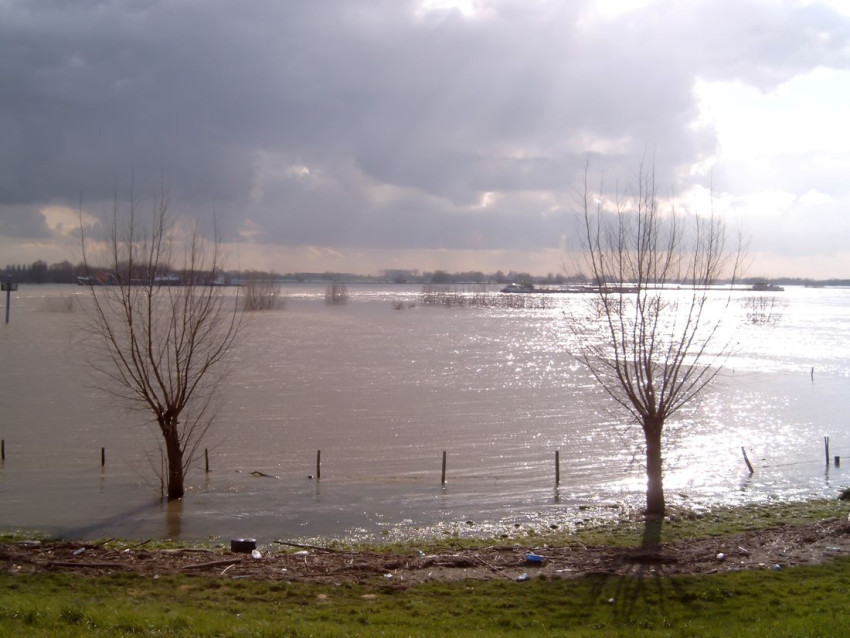
Next-gen satellites detect incipient forest fires
Soon, a new generation of satellites will be able to monitor the earth even more closely. Forest fires, coral die-off and emissions from industrial areas will then be easier to identify, thanks to hyperspectral sensors.
Hyperspectral satellites look at the entire light spectrum, from infrared to ultraviolet, in great detail. They divide the spectrum into 200 bands, each just a few nanometres wide, so they can analyse light in much more detail than current multispectral satellites, which only use 7 bands. 'The large number of bands means you can see which molecules are located where in the atmosphere, for example. This is because the intensity measured in parts of the spectrum is low, as certain molecules absorb light according to their characteristics,' says Sander Veraverbeke, forest-fire researcher at VU University Amsterdam. He investigated the advantages of using hyperspectral images to detect forest fires, as described in an article published on 4 July.
GREENHOUSE GAS
The water content of plants, and consequently their flammability, can be measured more accurately with a hyperspectral sensor. Veraverbeke also believes that the greenhouse gases released during a forest fire can only be mapped with the new satellites. 'The current generation of satellites can still give us good information about the location of forest fires and how they develop. However, modern technology is needed for the details, which can be essential.'
Veraverbeke’s research comes at a time when the rest of the world is beginning to appreciate the benefits of hyperspectral satellites. A commission for earth observation in the US described such satellites as a top priority. Space agency NASA hopes to have one in space by 2022, but in Europe things are already more advanced, with the German EnMAP project and the Italian PRISMA satellite due for launch in 2019. Israel and Japan are also working hard on the new technology.
DECADES-OLD TECHNOLOGY
'The technology behind hyperspectral sensors has been around for decades,' explains Veraverbeke. 'Initially it didn’t live up to expectations. Nobody was interested in collecting so much extra data when they couldn’t see the benefits.' However, in the years that followed, the advantages of the new generation of sensors have become clear, with research showing that all sorts of things can be seen which other satellites can’t detect.
Does that mean that we will know exactly how forest fires occur (and how they can be prevented), and how we can save coral reefs? Veraverbeke says, 'The exact impact of hyperspectral satellites is difficult to quantify, but they clearly offer advantages over the current generation of satellites, so why not make the switch?'
Image: NASA’s Goddard Space Flight Center/Chris Meaney
If you found this article interesting, subscribe for free to our weekly newsletter!






